When to Use a Paddle and When to Drop Anchor
Navigating the waters, whether on a serene lake or the vast ocean, requires understanding the fundamental tools at your disposal. Two essential elements of watercraft management are paddling for propulsion and anchoring for stability. Knowing when to employ each technique can mean the difference between a pleasant journey and a potentially dangerous situation.
This comprehensive guide explores the various scenarios when you should reach for your paddle to maneuver your vessel and when dropping anchor becomes necessary for safety or enjoyment. By mastering these basic but critical skills, you’ll enhance your confidence on the water and ensure both productive and safe aquatic adventures.
Understanding Your Vessel’s Capabilities
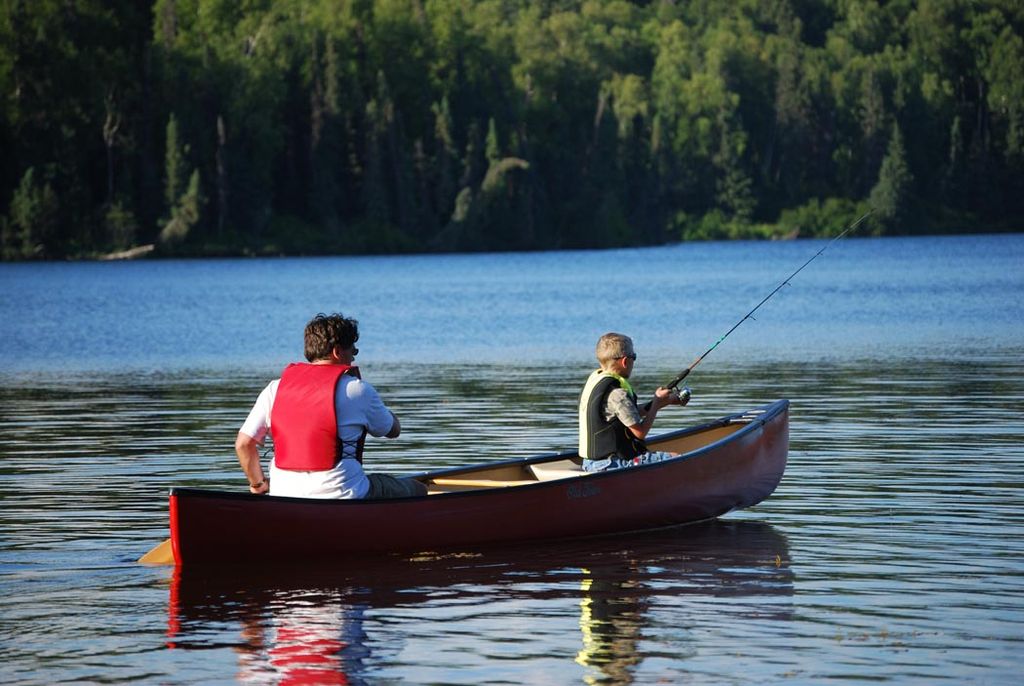
Before making decisions about paddling or anchoring, it’s essential to understand your vessel’s specific characteristics and limitations. Kayaks, canoes, paddleboards, and small boats all respond differently to wind, current, and wave action. A lightweight kayak might quickly drift in even mild winds, requiring more active paddling to maintain position. Heavier boats with deeper drafts may hold their position better against light currents but require more substantial anchoring systems in stronger conditions.
Consider your vessel’s stability, maneuverability, and susceptibility to environmental forces when developing your approach to paddling and anchoring. This foundational knowledge serves as the basis for all on-water decision-making and significantly impacts your safety and enjoyment.
Paddling in Controlled Environments

Paddling is typically the preferred method of navigation in controlled environments such as small lakes, protected bays, and calm rivers with minimal current. These settings provide ideal conditions for maintaining directional control through paddling techniques alone. The predictable nature of these waters allows you to focus on developing your stroke efficiency, building endurance, and enjoying the rhythmic motion that attracts many to paddle sports.
Protected waters also provide the ideal training ground for beginners to master fundamental skills before venturing into more challenging conditions. Remember that even in seemingly calm environments, weather can change rapidly, so maintaining awareness of your surroundings remains important despite the controlled setting.
When Current and Wind Demand Paddling

Active paddling becomes necessary when navigating through areas with noticeable current or wind that could push you off course. In these situations, your paddle serves as both a propulsion tool and a steering mechanism to counteract these natural forces. Rivers with moderate flow often require continuous paddling adjustments to maintain your intended path while compensating for the current’s influence. Similarly, crosswind conditions on open water necessitate corrective strokes to prevent lateral drift.
Developing techniques like ferry angles (paddling at an angle to compensate for current) and learning to read water patterns become essential skills for efficient travel in these dynamic environments. Mastering these techniques transforms challenging conditions from obstacles into engaging aspects of your water experience.
Navigating Obstacles and Technical Waters
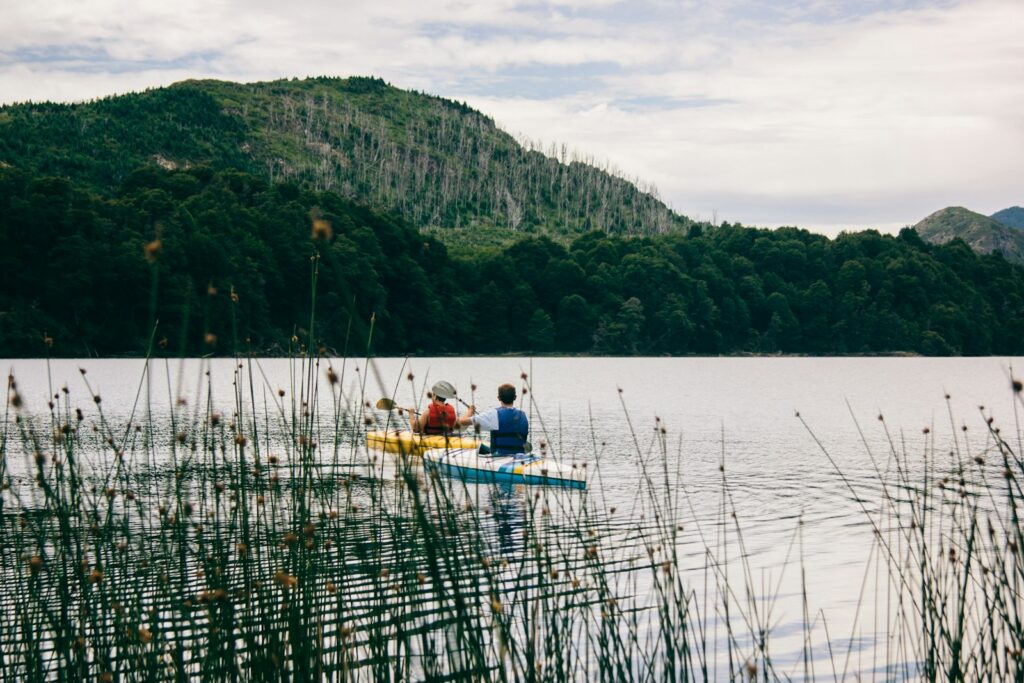
Your paddle becomes your primary control mechanism when navigating through technical waters filled with obstacles like rocks, fallen trees, or narrow passages. These environments demand precise maneuvering that anchoring simply cannot provide. Quick paddle strokes such as draw strokes, pry strokes, and rudder techniques allow for the instantaneous adjustments necessary to thread your vessel through complex waterways. Whitewater paddlers particularly rely on these skills when navigating rapids, where anchoring would be both impractical and potentially dangerous.
The responsiveness that paddling offers in these scenarios highlights why developing diverse stroke techniques is crucial for anyone venturing beyond flat, open water. Even experienced paddlers continually refine these technical skills to enhance their capability in challenging environments.
Anchoring for Fishing and Recreation
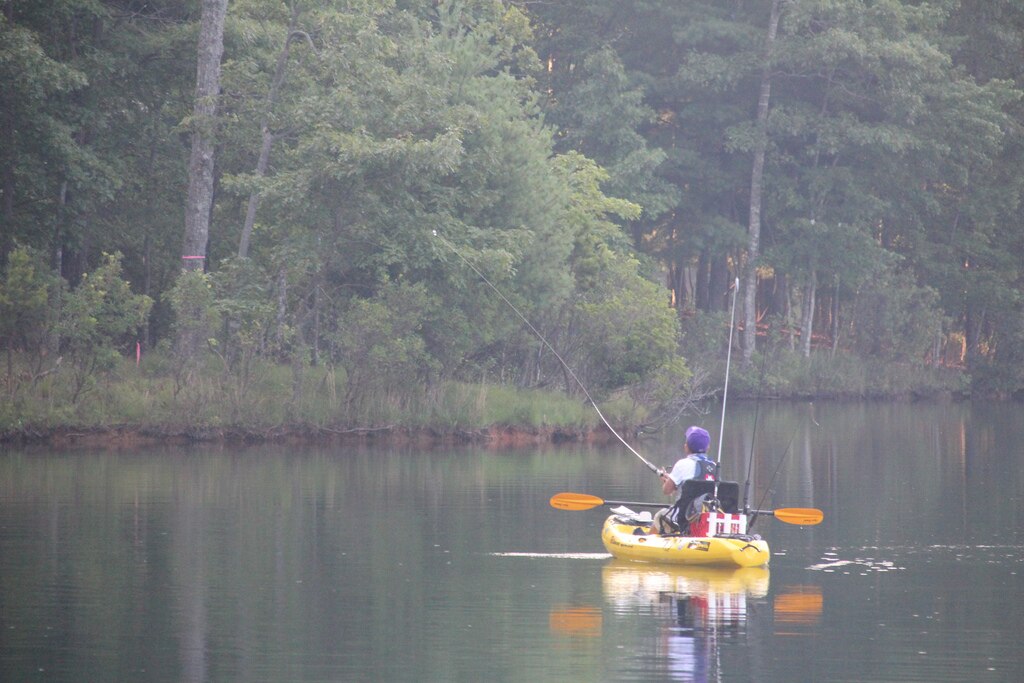
Dropping anchor becomes invaluable when engaging in stationary activities, such as fishing, swimming, or simply enjoying a floating picnic.
An anchor allows you to maintain position over productive fishing spots without the constant distraction of having to paddle to counter drift. For anglers, this hands-free stability translates directly to improved fishing success, as you can focus entirely on your technique rather than maintaining your position. Recreational anchoring also creates a stable platform for swimming, diving, or relaxing in a particularly scenic area.
Many fishing kayaks and small boats feature dedicated anchor systems specifically designed for these purposes, including trolleys that allow you to adjust your position while remaining anchored. These specialized systems recognize the importance of anchoring in enhancing recreational water experiences.
Emergency Anchoring for Safety
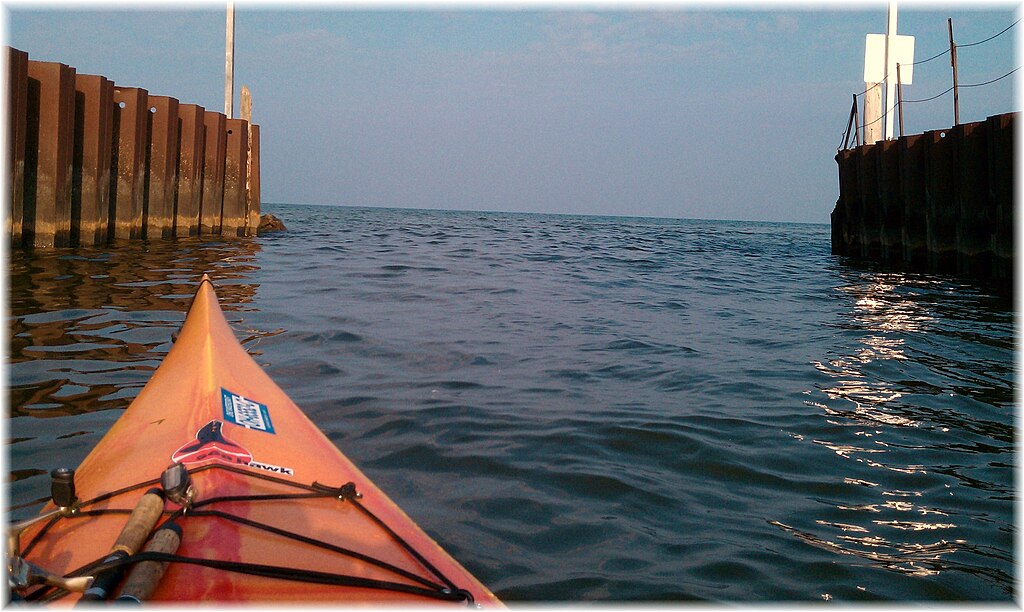
In emergency situations, anchoring can become a critical safety measure when paddling alone is insufficient or impossible.
Strong unexpected winds, injury, exhaustion, or equipment failure might necessitate dropping anchor to prevent being swept into dangerous areas or out to sea. A properly deployed anchor gives you time to assess the situation, communicate with emergency services if needed, or wait for conditions to improve before continuing. Emergency anchors should be easily accessible and pre-rigged for quick deployment when seconds matter.
Many experienced paddlers and boaters carry compact emergency anchors even on vessels not typically used for anchoring, recognizing their potential life-saving value in unexpected circumstances. This preparedness approach reflects the serious responsibility that comes with water-based activities.
Anchoring in Changing Tides
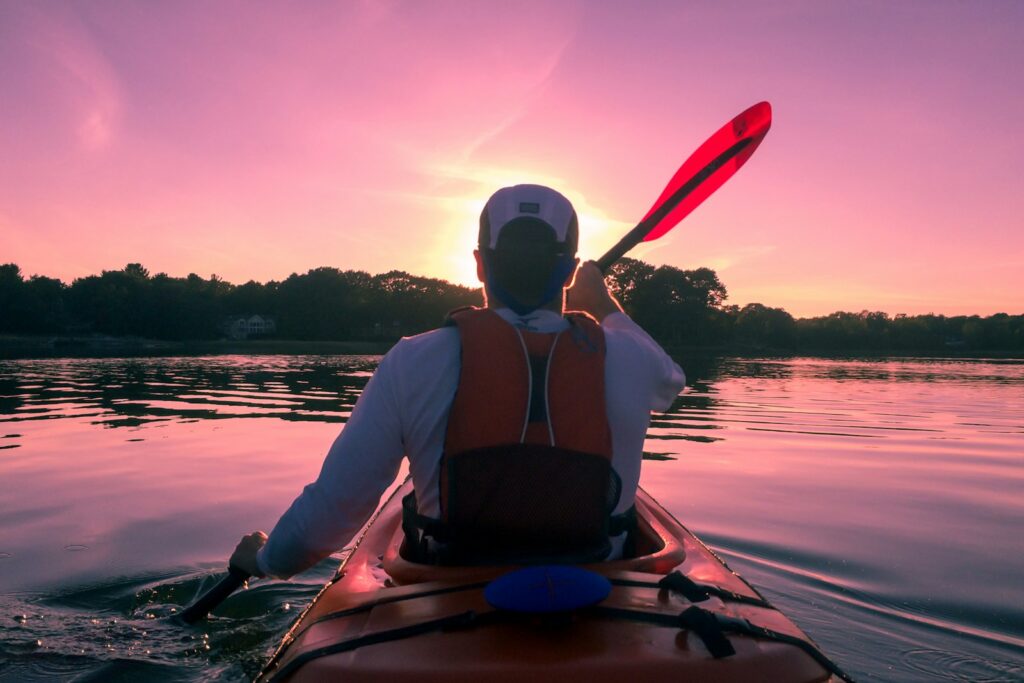
Tidal environments present unique challenges that often make anchoring the preferred strategy during significant water level changes.
Attempting to paddle against strong tidal currents can quickly lead to exhaustion, resulting in minimal progress. Dropping anchor during peak tidal flows allows you to wait for more favorable conditions before continuing your journey. Coastal paddlers and boaters often plan their trips around these tidal windows, using anchors during waiting periods.
Understanding local tide tables and learning to identify signs of tidal movement become essential skills in these environments. Additionally, knowing how to set an anchor properly in tidal conditions—accounting for changes in swing radius and water depth—requires specific techniques that differ from anchoring in non-tidal waters.
Overnight Stays and Extended Stops

For longer stationary periods, particularly overnight stays on the water, anchoring provides the security and stability needed for comfortable rest. Whether you’re sleeping aboard your vessel or setting up camp on a shoreline that might experience changing water levels, proper anchoring prevents unwelcome midnight drifting. Many expedition paddlers and sailors use shore anchors in combination with their vessel anchors to create redundant systems for overnight security.
The peace of mind that comes from knowing your craft is securely positioned allows for better rest and recovery during multi-day journeys. Developing a reliable anchoring system for overnight stays should be a priority for anyone planning extended water-based adventures, especially in remote areas where assistance is not readily available.
Selecting the Right Anchor Type
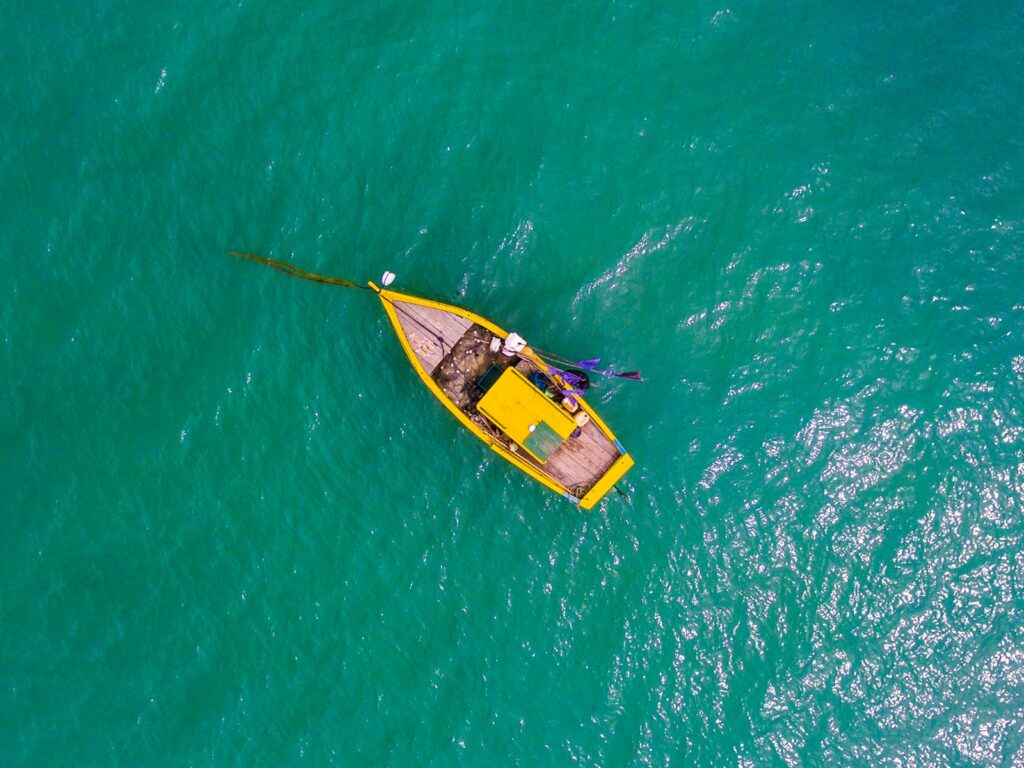
The effectiveness of anchoring depends significantly on matching your anchor type to the bottom conditions you’ll encounter. Sandy bottoms typically require fluke-style anchors like Danforth or grapnel designs that can dig in and establish holding power. Rocky or vegetation-heavy bottoms might necessitate grappling-style anchors that can catch on physical features rather than penetrating the substrate. Understanding the common bottom compositions in your paddling areas allows you to select the appropriate anchor before departure.
Many experienced water enthusiasts carry multiple anchor types to adapt to varying conditions they might encounter during a single outing. The weight of your anchor should also be proportional to your vessel size and the conditions you expect to face, with heavier anchors providing greater holding power in challenging situations.
Paddling Through Challenging Weather
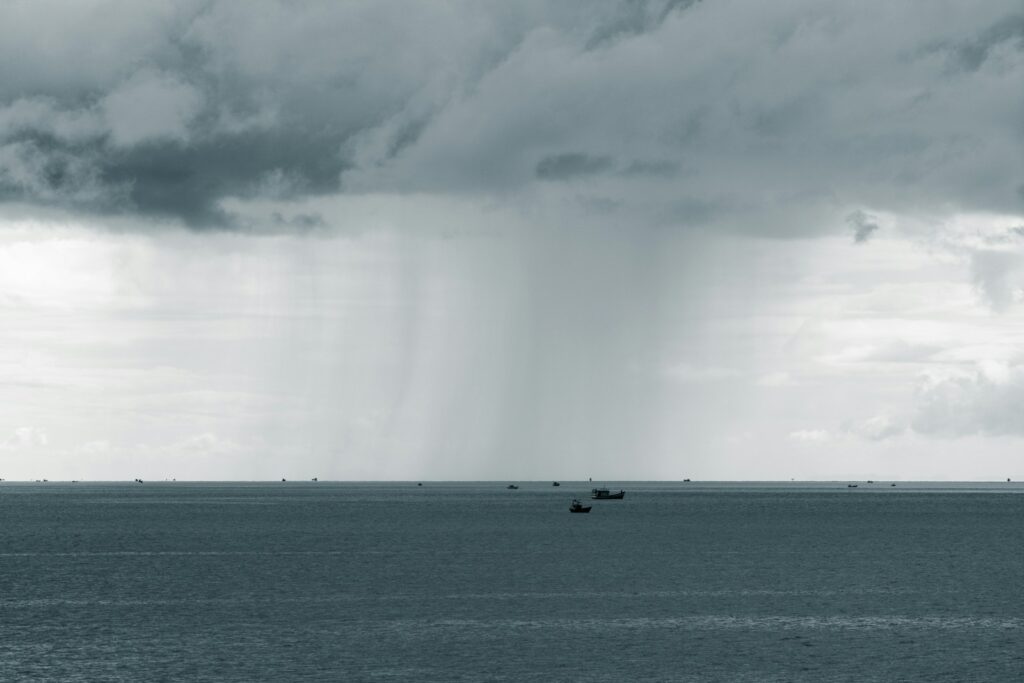
Weather conditions often dictate whether paddling or anchoring is the safer choice. Light to moderate winds and small waves can typically be managed with proper paddling techniques and adjusted course planning. Developing the skills to paddle effectively in these conditions expands your capabilities and the range of days suitable for water activities. Forward momentum through paddling can actually increase stability in certain conditions, making it sometimes safer to continue paddling than to stop.
However, recognizing your personal limits and skill level remains crucial when assessing whether to paddle through or seek shelter during deteriorating conditions. Many paddling accidents occur when individuals overestimate their ability to handle worsening weather, highlighting the importance of conservative decision-making on the water.
Combining Techniques: Drift Fishing and Controlled Drifting
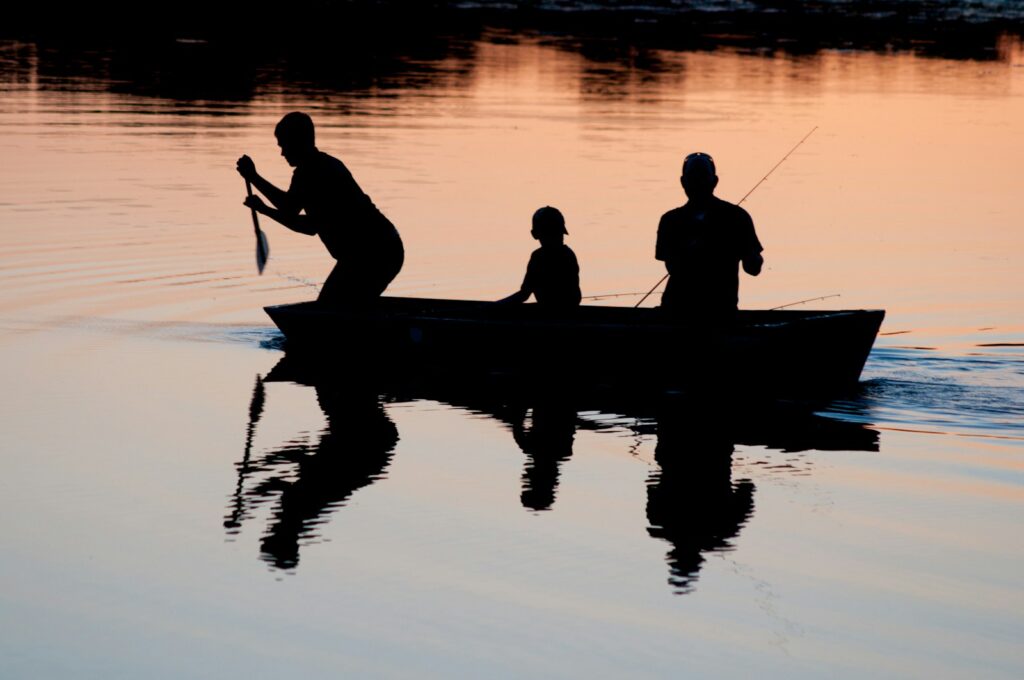
Many water activities benefit from combining paddling and anchoring techniques in creative ways. Drift fishing exemplifies this approach, where anglers use selective paddling to control their drift speed while allowing the current to move them through productive areas. Some specialized anchors, like drift socks or sea anchors, don’t completely stop movement but rather slow it to a manageable pace, creating a hybrid between anchoring and free drifting. Photography enthusiasts often use similar techniques to maintain position long enough for a stable shot without remaining completely stationary.
These nuanced approaches demonstrate how experienced water users develop sophisticated strategies beyond simply choosing between paddling and anchoring exclusively. Mastering these combination techniques significantly expands your capability to adapt to various conditions and activities.
The Environmental Impact Consideration
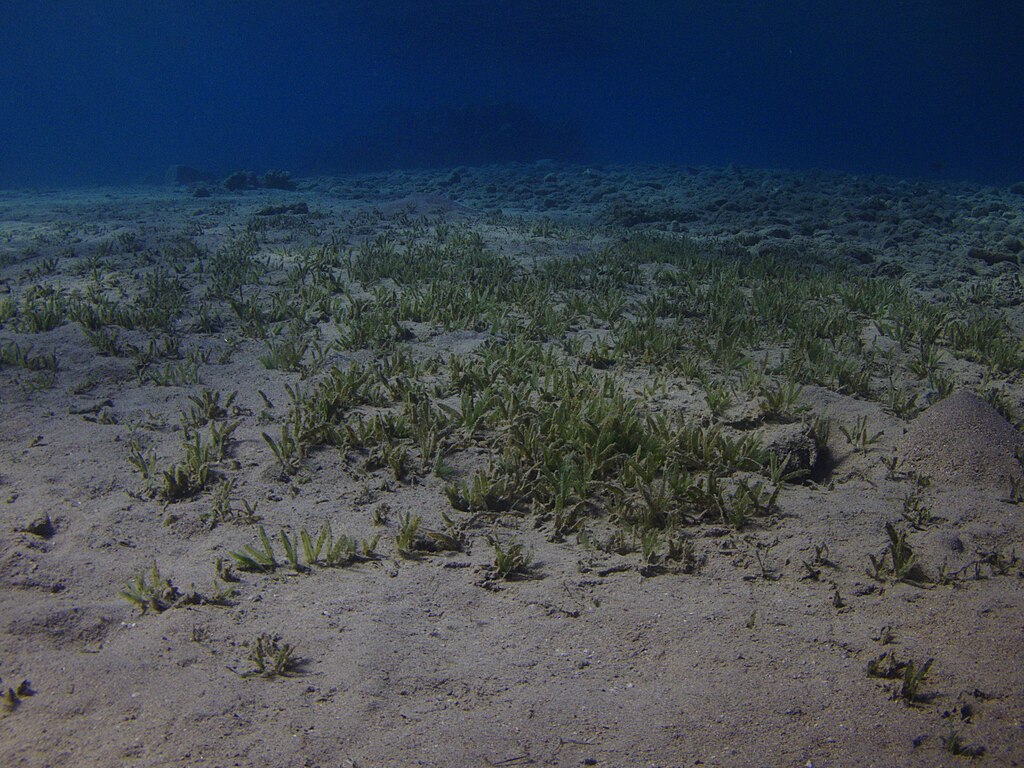
When deciding between paddling and anchoring, environmental impact deserves serious consideration. Traditional anchoring can damage sensitive habitats, such as seagrass beds, coral reefs, or riverbeds with fragile ecosystems. In environmentally sensitive areas, maintaining position through gentle paddling might be the more responsible choice despite requiring more effort.
Many marine conservation areas have specific regulations regarding anchoring to protect underwater habitats. Responsible water enthusiasts are increasingly using alternative methods, such as mooring buoys when available or specialized anchor types designed to minimize bottom disturbance. This environmental consciousness represents an important evolution in water recreation ethics, acknowledging our responsibility to preserve the natural environments we enjoy.
Learning about the specific ecosystems in your paddling areas helps inform these critical decisions.
Developing Skills in Both Disciplines
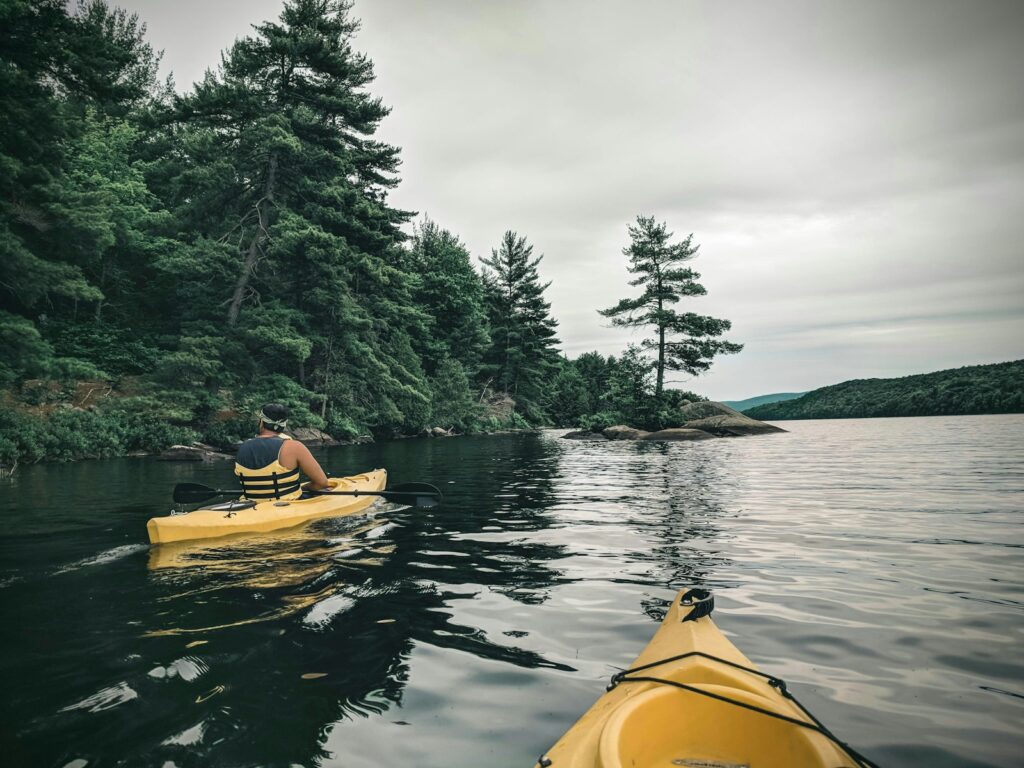
Rather than viewing paddling and anchoring as opposing techniques, consider them complementary skills that together form a complete water navigation toolkit. Investing time to develop proficiency in both areas significantly enhances your versatility and safety on the water. Consider taking formal instruction in advanced paddling techniques, as well as studying proper anchoring methods tailored to your specific vessel type.
Practice deploying and retrieving anchors in controlled conditions before relying on them in critical situations. Join experienced paddling groups where you can observe and learn how others balance these techniques in various scenarios. This balanced skill development approach creates confident, adaptable water users who can safely enjoy a broader range of conditions and activities. Remember that even experts continue to learn and refine these fundamental skills throughout their careers in water recreation.
Conclusion
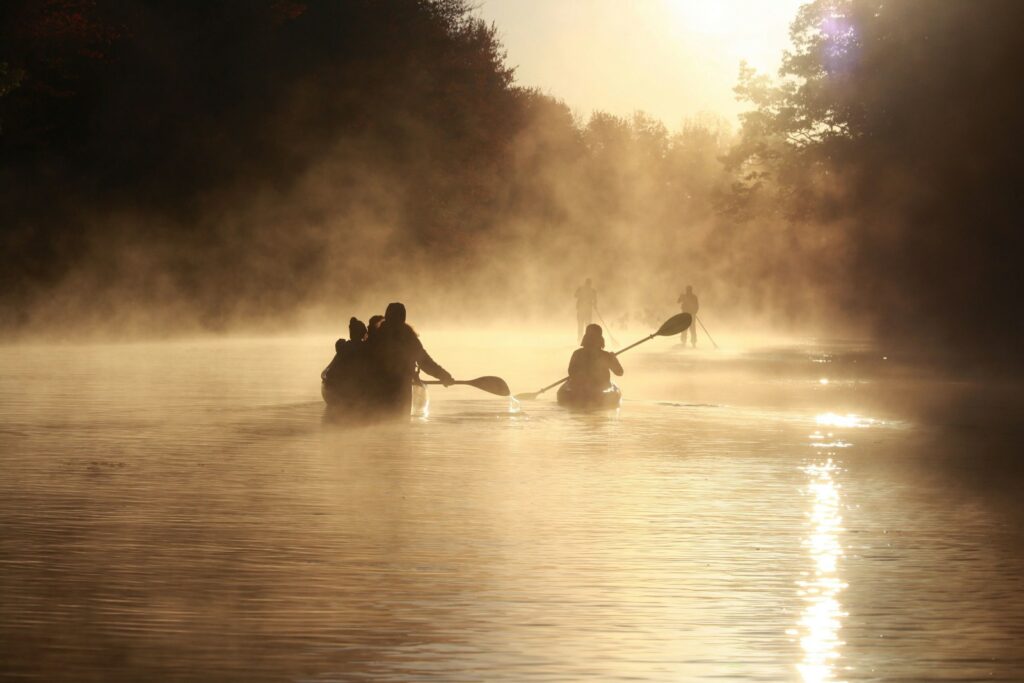
The choice between paddling and anchoring ultimately comes down to situational awareness and adaptability. The most successful water enthusiasts develop keen observational skills and the judgment to select the appropriate technique for current conditions, their vessel type, and their capabilities. This decision-making process becomes more intuitive with experience, but should always involve conscious assessment of environmental factors, safety considerations, and activity goals. By approaching water recreation with this adaptable mindset, you transform potentially limiting conditions into opportunities to apply different skills from your expanding repertoire.
Whether you’re wielding a paddle to navigate challenging currents or dropping an anchor to enjoy a peaceful sunset, your growing expertise in both techniques ensures safer, more enjoyable experiences on the water for years to come.
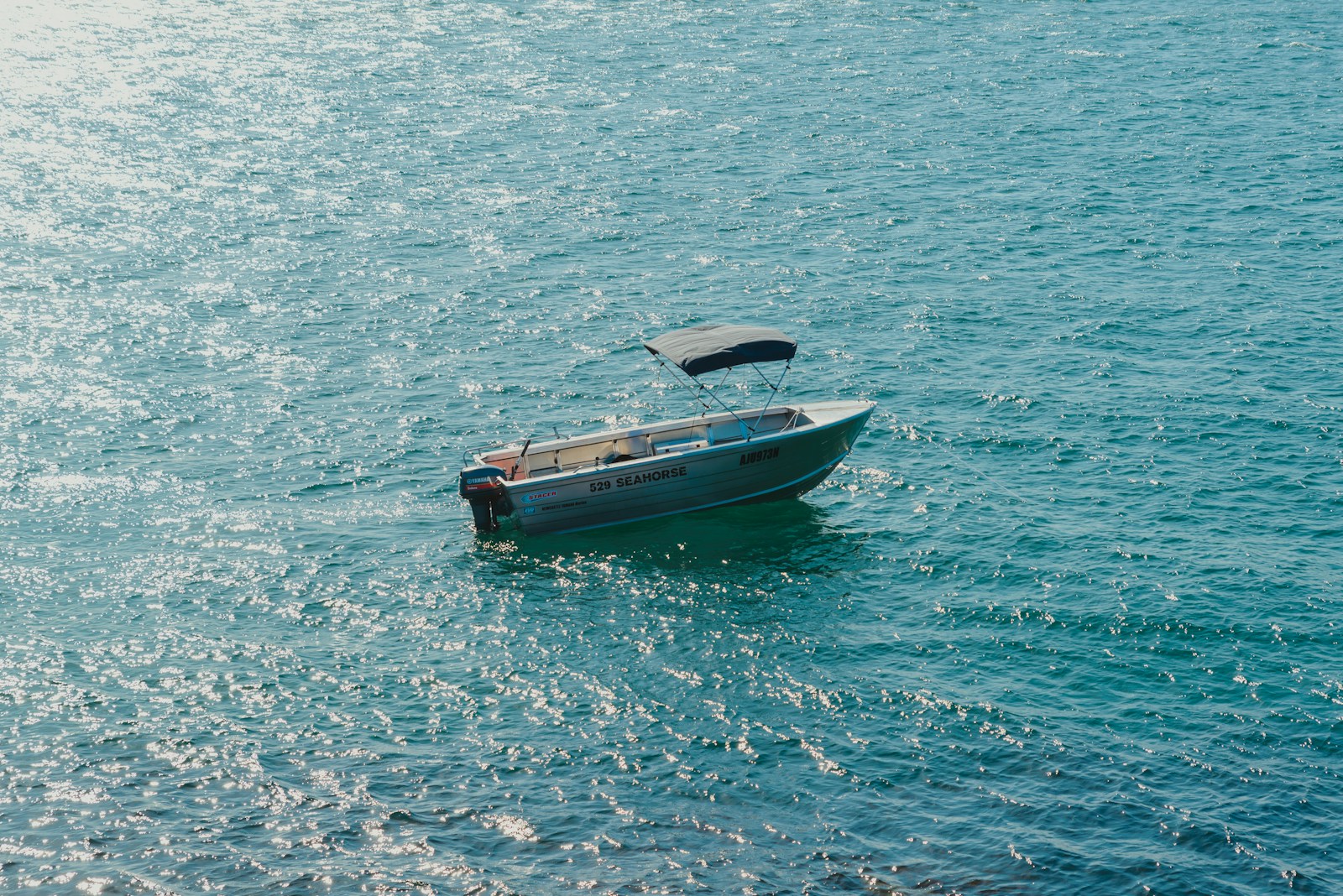

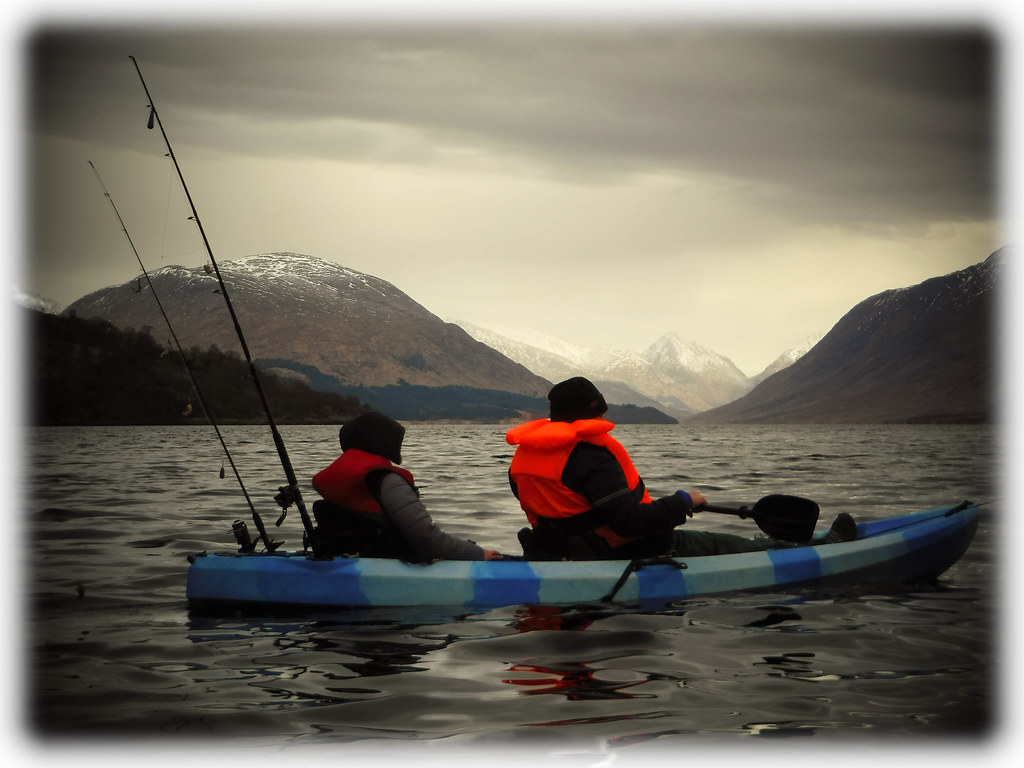











Post Comment